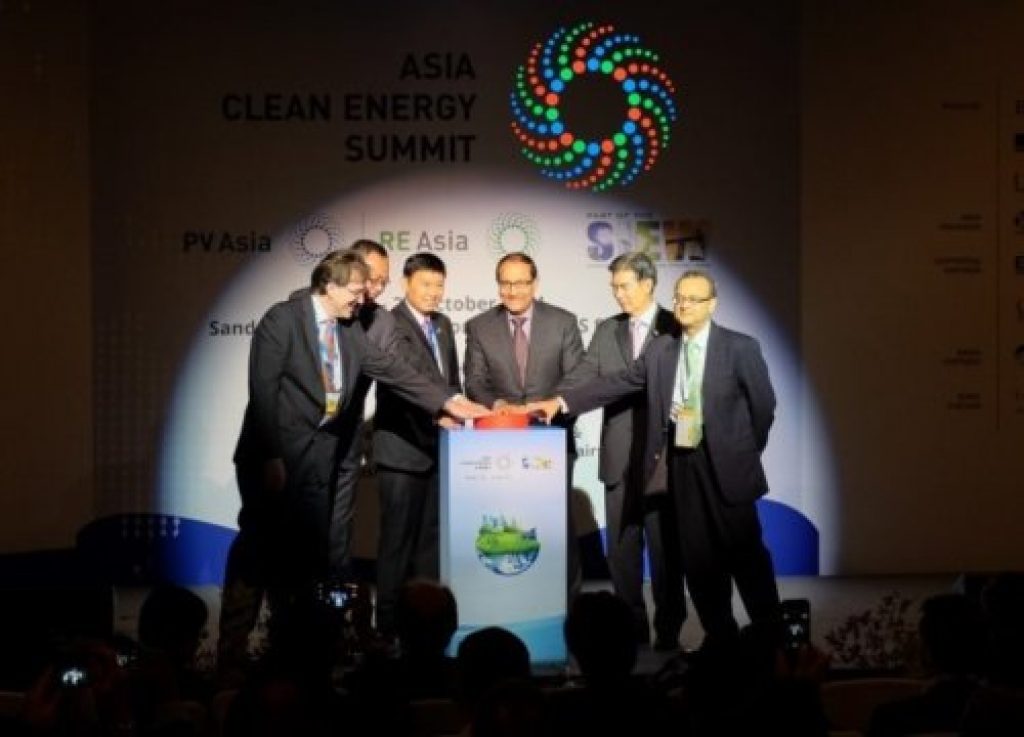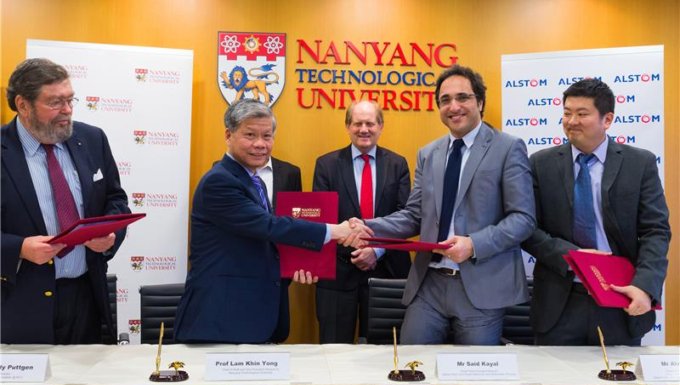
AsianScientist (Nov. 4, 2014) – Nanyang Technological University (NTU) will be building a hybrid micro-grid which will integrate multiple large-scale renewable energy sources.
The first in the region, the hybrid micro-grid will test and demonstrate the integration of solar, wind, tidal-current, diesel, storage and power-to-gas technologies and ensure these energy sources operate well together.
To be built under the new Renewable Energy Integration Demonstrator-Singapore (REIDS) initiative, the hybrid micro-grid will be located offshore at Semakau Landfill and is expected to produce power in the megawatt (MW) range, which will be suitable for small islands, isolated villages and emergency power supplies.
This initiative is supported by the Singapore Economic Development Board (EDB) and the National Environment Agency (NEA). The S$8 million (~US$6.4 million) initial micro-grid infrastructure will also facilitate the development and commercialization of energy technologies suited for tropical conditions to be developed by NTU together with 10 world leading companies.
At the launch ceremony, NTU President Professor Bertil Andersson, EDB’s Assistant Managing Director Mr. Lim Kok Kiang and NEA’s Group Director for Joint Operations and Technology, Mr. Satish Appoo, witnessed a pledge signing ceremony by NTU, the Sustainable Energy Association of Singapore (SEAS) and ten leading clean energy companies.
This initiative is expected to attract S$20 million (~US$16 million) worth of projects over the next five years, in addition to the initial S$8 million investment in infrastructure on the Semakau Landfill.
The ten energy and clean tech industry leaders keen to be part of this ground-breaking effort include Accenture, Alstom, Class NK, DLRE, GDF Suez, Renewable Energy Corporation, Schneider Electric, Trina Solar, Varta and Vestas.
“NTU’s REIDS will serve as a strategic living lab for Singapore, encompassing a large scale micro-grid with a plug-and-play setup that clean energy industry leaders can leverage to develop and demonstrate and diverse range of clean energy technologies,” said EDB’s Assistant Managing Director Mr. Lim Kok Kiang.
“By providing industry leaders with a unique platform to innovate and commercialize cutting-edge energy solutions suited for the tropical climate, Singapore will be better positioned to meet the growing demand for renewable energy technologies in the Asian region,” Mr. Lim added.
In the first phase, a micro-grid facility will be built at the Semakau Landfill that will oversee energy storage facilities, solar photovoltaic panels and wind turbines. The hybrid micro-grid will provide a full-scale test-bed for Singapore’s on-going energy research, working closely with scientists and engineers from both the public and private sectors.
A key problem posed by renewable energy sources is that of intermittent power supply. The hybrid micro-grid aims to ensure a stable and consistent power supply through the integration of a variety of smart energy management and storage systems.
The second phase will involve the development of a scaled-up tidal energy facility around Semakau Landfill and St. John’s Island, which will then be integrated with the first phase.
A key long term goal will see the development of micro-grid technologies that can help provide electricity to overseas communities that do not have access to power. This is in addition to introducing new technologies that can stabilize power grids in urban communities. Both are widely regarded as critical needs across Asia.
——-
Source: Nanyang Technological University.
Disclaimer: This article does not necessarily reflect the views of AsianScientist or its staff.












